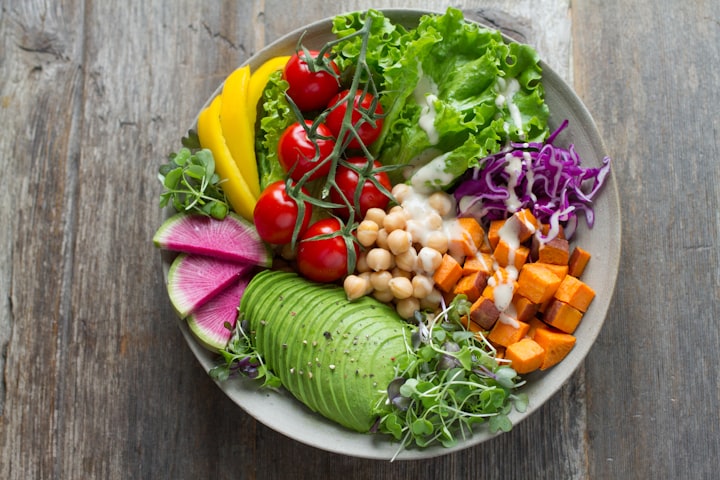
There are several potential benefits to adopting a vegan lifestyle. Here are some of the most commonly cited benefits:
Health benefits: A vegan diet that is well-planned and balanced can provide all the necessary nutrients for good health, while also reducing the risk of chronic diseases such as heart disease, type 2 diabetes, and some forms of cancer. Plant-based diets are typically higher in fiber, vitamins, and minerals and lower in saturated fats than diets that include animal products.
Environmental benefits: Livestock production is a significant contributor to greenhouse gas emissions and environmental degradation. A vegan lifestyle can significantly reduce one's carbon footprint and help to mitigate climate change.
Animal welfare: Vegans abstain from the use of animal products, including meat, dairy, and eggs, due to ethical concerns about animal welfare. By avoiding animal products, vegans reduce demand for these products and promote a more compassionate approach to animals.
Spiritual and cultural benefits: Some people choose to adopt a vegan lifestyle for spiritual or cultural reasons. For example, some religions advocate for a plant-based diet as a way to promote compassion and respect for all living beings.
300 Vegan/Plant Based Recipe Cook Book here
It is important to note that a vegan lifestyle is not a guarantee of good health or a perfect ethical record. As with any diet or lifestyle choice, it is important to make informed decisions and ensure that one's nutritional needs are met.
Transitioning to a vegan lifestyle can be a gradual process or a sudden decision. Here are some steps you can take to become vegan:
Educate yourself: Learn about the ethical, environmental, and health reasons for adopting a vegan lifestyle. Read books, watch documentaries, and seek out online resources that can help you understand the impact of animal agriculture and the benefits of a vegan lifestyle.
Start with small changes: You don't have to switch to a completely vegan diet overnight. Start by incorporating more plant-based meals into your diet and reducing your consumption of animal products. You can also try replacing dairy milk with plant-based milk alternatives, and switching to vegan-friendly snacks and desserts.
Experiment with new recipes: Eating vegan doesn't mean sacrificing flavor or variety. Try out new recipes that feature plant-based ingredients and experiment with different cooking techniques and spices to discover new flavors and textures.
Connect with the vegan community: Join online forums, attend local events, and connect with other vegans in your community. You can learn from their experiences, get support, and share your own journey.
300 Vegan/Plant Based Recipe Cook Book here
Be prepared when dining out: Research vegan-friendly restaurants in your area and familiarize yourself with vegan options at your favorite eateries. You can also carry vegan snacks with you to avoid hunger pangs when there are no vegan options available.
Remember that transitioning to a vegan lifestyle is a personal choice and a journey. Be patient, take it one step at a time, and be kind to yourself along the way.
Here's a recipe for vegan lentil soup:
Ingredients:
1 tablespoon olive oil
1 onion, chopped
3 garlic cloves, minced
2 carrots, chopped
2 celery stalks, chopped
1 teaspoon ground cumin
1 teaspoon ground coriander
1 teaspoon paprika
1 cup dry red lentils, rinsed and drained
4 cups vegetable broth
1 (14.5 ounce) can diced tomatoes
1 tablespoon tomato paste
1 bay leaf
2 cups kale, chopped
Salt and black pepper to taste
Instructions:
Heat olive oil in a large pot over medium heat. Add onion and garlic and cook until the onion is translucent, about 5 minutes.
Add the carrots and celery to the pot and cook for another 5 minutes, stirring occasionally.
Stir in the cumin, coriander, and paprika and cook for 1 minute, until fragrant.
Add the lentils, vegetable broth, diced tomatoes, tomato paste, and bay leaf. Stir well and bring to a boil.
Reduce heat to low and let the soup simmer for 25 minutes or until the lentils are tender.
Add the kale to the pot and cook for an additional 5 minutes, or until the kale is wilted and tender.
Remove the bay leaf and season the soup with salt and black pepper to taste.
Serve hot and enjoy!
This recipe makes 4-6 servings.





Comments
There are no comments for this story
Be the first to respond and start the conversation.